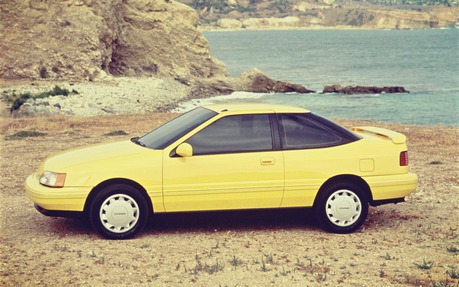Used Vehicles: are Clunkers Really a Good Deal?
We’ve all heard the story about the neighbour’s cousin’s brother-in-law who bought an ancient car for $500 that was rusted all over and reeked of oil and fumes—and drove it for almost two years without a problem. Unfortunately, not all clunker stories have a happy ending.
People with a very small budget have to settle for less than a fairy-tale ending, and most of the time, the reality is anything but. First of all, when a vehicle is sold for $2,000 or less, it generally has several hundred thousand kilometres under its belt. You can assume it has its share of problems. But that doesn’t mean you can’t be savvy.
- Also: Vehicle Reliability According to J.D. Power
- Also: The Best Used Vehicles According to Consumer Reports
Is it rusty to the point of being dangerous? Does the engine knock? Does the steering do what you tell it to? Does the transmission slip? Do all the lights work properly? You may have to accept that you won’t be getting a mint-condition car, but you should never put your life, or anyone else’s, at risk! And remember, your provincial auto insurance corporation can force you to have the car inspected if they think it’s necessary. Taking your car in for a professional inspection BEFORE buying it is crucial.
Once the car’s been purchased, you can expect to make some compromises: a defective heater, what was once a power window refusing to go down (or in winter, go up), an engine that goes through as much oil as it does gas.
Those who have a green streak but no funds to support it will be sad to learn than clunkers pollute a lot more than newer cars. In some provinces, an emissions test is required every few years in order to ensure that vehicles do not pollute more than they should. And if they do, they must be repaired at the owner’s expense.
